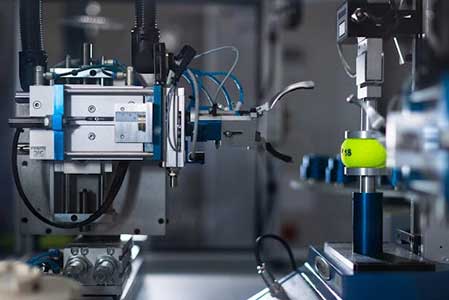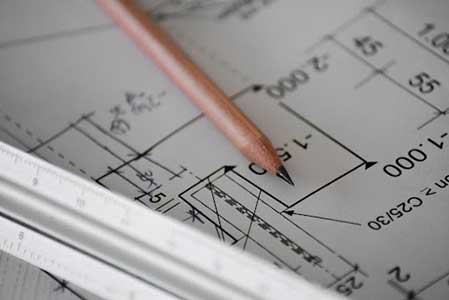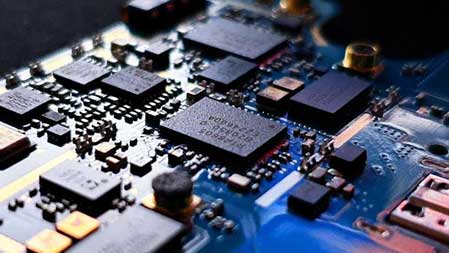 Leonardo Da Vinci, one of the world’s greatest product designers is known for saying that:
Leonardo Da Vinci, one of the world’s greatest product designers is known for saying that:
“Simplicity is the ultimate sophistication”
A simpler product will be easier to market and sell to your customers. And you need to make your product easy to understand, especially since the average person now has less of an attention span than a goldfish. People won’t want to spend a ton of time figuring out how to use your product.
Of course sometimes a product that is simple to use like the Apple iPhone has had a great deal of complex product design to get it to that point. Successfully and efficiently designing a complex product design is usually quite a challenge, and there are ways to make the process more streamlined to save time and avoid errors or needless rabbit trails.
Outline Clear Expectations for the Design
 The first stage in handling a complex project is to have clear goals for your design. You would go over with our engineer what exactly you want your product to do, give an idea of how big it should be, how much you want it to weigh, what it should look like, etc. Then you need to prioritize what is most important. You may not be able to put in all the features of the product you want. For example, the shape of the product may allow for only a certain amount of features. Whatever the case, you’ll want to prioritize what is crucially important about your product and figure out what would be nice to have in your design but can be left aside if needed.
The first stage in handling a complex project is to have clear goals for your design. You would go over with our engineer what exactly you want your product to do, give an idea of how big it should be, how much you want it to weigh, what it should look like, etc. Then you need to prioritize what is most important. You may not be able to put in all the features of the product you want. For example, the shape of the product may allow for only a certain amount of features. Whatever the case, you’ll want to prioritize what is crucially important about your product and figure out what would be nice to have in your design but can be left aside if needed.
Having these determined will allow our engineering team to break down the project in phases.
Divide and Conquer
 Once our engineering team has a clear picture of what you want to design, they can then break apart designing your project in stages. Keep in mind, this is for complex projects. Simpler projects can often be designed all at once. However for complex projects, breaking it up in phases is often the most efficient way to design a product.
Once our engineering team has a clear picture of what you want to design, they can then break apart designing your project in stages. Keep in mind, this is for complex projects. Simpler projects can often be designed all at once. However for complex projects, breaking it up in phases is often the most efficient way to design a product.
The reason for this is if the whole project is designed at once, and you learn that a part of the design has to be changed because it’s not what you wanted, that change could end up resulting in the whole design having to be redone.
It’s better to develop and test complex projects in phases to avoid having to repeatedly redesign the whole project. This will be less expensive for you and also makes the design process move faster.
Splitting up the process allows for better communication as well. You will always know which part of the product is being designed, and changes and fixes can be made and implemented more seamlessly. You’ll be able to have a more active role in the design process instead of wondering what your engineer is doing.
Sometimes, your part will require many different fields of engineering. For example, to design a phone you need mechanical engineering to design the case, electrical engineering to design the wiring, speakers, antenna, screen, etc. And you also need a software engineer to develop apps for the phone.
If our engineering team is unable to handle a part of your project, we can outsource that field to engineers who can so that you don’t have to bother working with several different companies.
